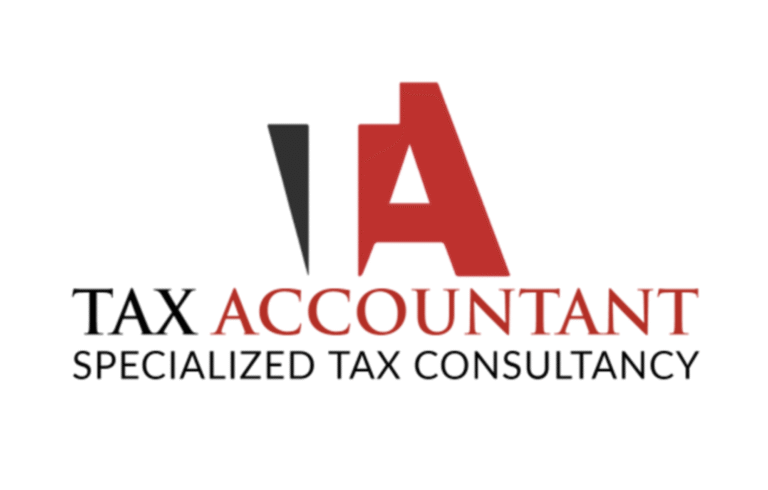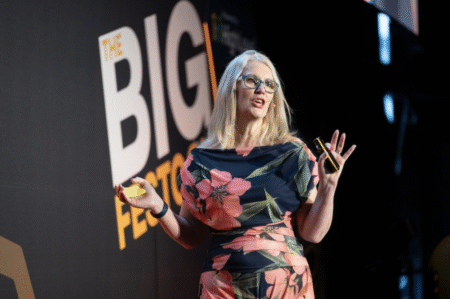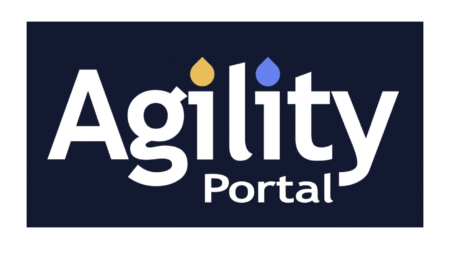Families across the UK are increasingly asking one question: “What’s the best way to build long-term wealth for my child — a Junior ISA or a pension?” With new projections showing a potential £240,000 tax-free advantage by age 55, this is no longer a theoretical debate; it is a life-changing financial decision.
This article explores both savings vehicles in depth, compares their tax benefits, and examines how even modest contributions can snowball into six-figure sums — provided the accounts are used strategically.
1. Why This Matters More in 2025 and Beyond
With inflation, frozen tax bands, and a rising cost of living, saving early is not simply smart — it’s necessary. A child born today will face university fees, soaring house prices, and uncertainty around future pensions. Parents and grandparents are now proactively putting money aside, and the two most popular choices are:
-
Junior Individual Savings Accounts (JISAs)
-
Child Self-Invested Personal Pensions (Child SIPPs)
Both are tax-efficient — yet they serve very different purposes and offer different time horizons.
2. Understanding Junior ISAs
A Junior ISA (JISA) is a tax-free savings and investment account available for children under 18 who live in the UK. It comes in two types:
| Type | Description |
|---|---|
| Cash JISA | Works like a savings account; low risk but lower returns |
| Stocks & Shares JISA | Invested in funds/shares; higher risk but higher potential growth |
Key Features:
-
Annual limit (2024/25): £9,000
-
No income tax or capital gains tax (CGT) on returns
-
Child gains full control at age 18
-
Funds can be withdrawn for any purpose — first car, house, business, or university fees
3. Understanding Pensions for Children (Child SIPPs)
A Child Self-Invested Personal Pension (Child SIPP) is a long-term retirement savings plan opened by a parent or guardian.
Key Features:
-
Annual contribution limit: £3,600 gross per year (£2,880 net + £720 government top-up)
-
Money is locked until age 55 (rising to 57 from 2028)
-
Investments grow free from income tax and CGT
Though inaccessible early in life, it benefits enormously from compound growth over decades.
4. Side-by-Side Comparison
| Feature | Junior ISA | Child Pension |
|---|---|---|
| Tax-Free Growth | Yes | Yes |
| Annual Limit (2024/25) | £9,000 | £3,600 |
| Government Bonus | No | 20% tax relief |
| Access Age | 18 | 55/57 |
| Inheritance Tax Benefit | No | Yes (outside estate after 2 years in trust) |
| Use of Funds | Any purpose | Retirement only |
5. Contribution Example — Same Money, Two Results
Let’s assume parents invest £100 per month (£1,200/year) into either a JISA or a pension from birth until age 18.
Junior ISA at 5% annual return
-
Value at 18 years old: ~£34,000
-
Withdrawable instantly — but if untouched and left invested until age 55, it could grow to over £200,000
Child Pension with 20% tax relief
-
Contribution becomes £1,440/year with tax relief
-
Value at 18: ~£41,000
-
Left untouched until age 55 at 5% return = £240,000+
This means the pension could outperform the JISA by at least £40,000 by age 55, even if both accounts start with identical contributions.
6. The £240,000 Question: Which Performs Better Long-Term?
| Scenario | Junior ISA Value at 55 | Child Pension Value at 55 |
|---|---|---|
| £1,200/year from age 0–18 | £200,000 | £240,000 |
| Lump sum £9,000 at birth | £123,000 | £147,000 |
| £50/month from grandparents | £83,000 | £100,000 |
What makes the pension more powerful is government tax relief + time. Every £80 saved becomes £100 when contributed via a pension.
7. But… Accessibility Matters
While the pension wins on final value, a Junior ISA wins on flexibility. A young adult can use their JISA at 18 to:
-
Fund university or private education
-
Pay for a first home deposit
-
Start a business or travel
-
Avoid student loans or credit card debt
A pension cannot support these life milestones, as funds are inaccessible for nearly four decades.
8. Can Parents Use Both? Yes — And They Should
Financial planners often suggest a hybrid strategy:
| Child’s Age | Savings Strategy |
|---|---|
| 0–10 | Prioritise JISA for flexibility |
| 10–18 | Split 50/50 JISA & pension |
| 18–30 | Child continues pension contributions themselves |
| 30+ | Pause or increase depending on income |
This way, the child has both financial freedom at 18 and a £200k–£300k retirement base growing quietly in the background.
9. Tax Planning, Inheritance, and Grandparents
ISA Gifts
Money gifted into a JISA may fall under Inheritance Tax (IHT) if the donor dies within seven years of making the gift.
Pension Contributions
Pension contributions are usually outside the donor’s estate for IHT immediately or after two years in trust — making them ideal for grandparents planning generational wealth.
10. Fees, Risks and Investment Strategy
| Risk Area | Junior ISA | Child Pension |
|---|---|---|
| Market Risk | High (if stocks invested) | High |
| Provider Fees | 0.2% to 1.5% | 0.3% to 1% |
| Access Risk | Teen may withdraw early | Locked until retirement |
| Behavioural Risk | Teen spends it on holidays or gadgets | No temptation |
Both require wise investment choices — low-cost global equity funds are typically recommended.
11. Case Study: The £240,000 Head Start
Emma and Raj contribute £100/month from their child’s birth until age 18.
-
Instead of withdrawing the Junior ISA at 18, they leave it untouched.
-
They also contribute into a pension each year.
-
At 55, their child has:
✅ £200,000+ from the Junior ISA left invested
✅ £240,000 in a pension, partly thanks to tax relief
✅ £440,000 combined — all from just £100/month
12. When Professional Advice Matters
Choosing between a JISA and a pension isn’t just about returns — it’s also about tax, estate planning, parental control, and long-term discipline.
Parents unsure about the right structure, especially those with high incomes or complex family assets, can benefit from advice from a tax expert such as My Tax Accountant.
13. Final Verdict — Junior ISA or Pension?
| Priority | Best Option |
|---|---|
| Access before age 55 | Junior ISA |
| Maximise tax relief | Pension |
| House deposit or university fees | Junior ISA |
| Inheritance tax planning | Pension |
| Want both? | Use both strategically |
14. Key Takeaways
-
A Child Pension can grow to £240,000+ by age 55, even with modest contributions.
-
A Junior ISA offers flexibility at age 18 but risks being spent early.
-
The best long-term strategy is combining both.
-
Tax relief and compounding make pensions an underrated yet powerful generational wealth tool.
-
Parents should plan according to cash flow, life goals, and estate planning considerations.










